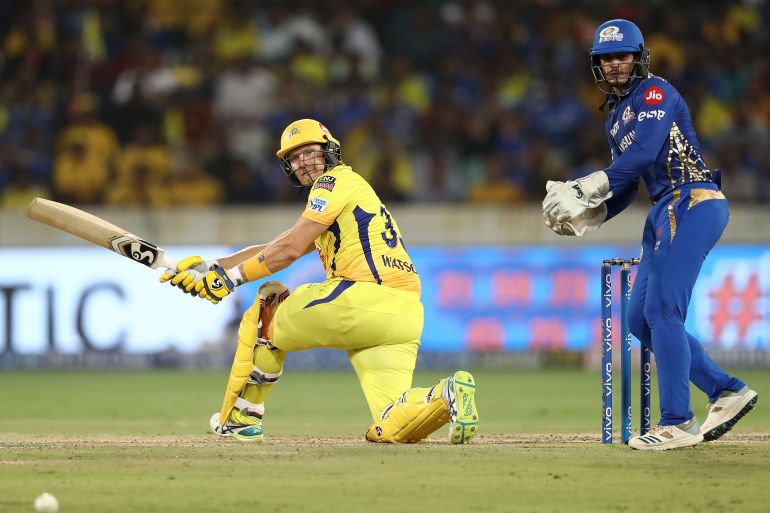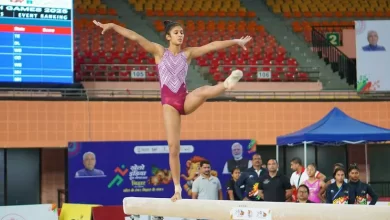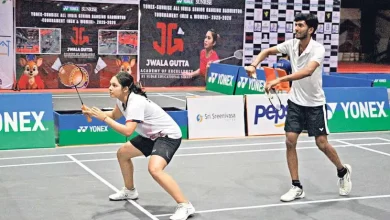
Cricket’s version of substitute players, two playing 11s to pick from and DRS calls for wide and no-balls in new-look IPL.

As the Indian Premier League (IPL) returns for its 16th edition, cricket fans can expect a few changes to the game’s rules.
Organisers of cricket’s most lucrative domestic tournament starting on Friday have tweaked some rules involving team compositions and playing conditions in a bid to shake things up.
From late team announcements to wide-ball reviews, here’s what a new-look IPL will bring to the game:
Impact player
In a tactical move borrowed from team sports such as basketball and football, teams in this year’s IPL will be able to make a substitution to the playing 11.
They will have five substitutes to choose from, albeit all five have to be Indian and the substitution can only be made before the start of an innings, at the end of an over, or when a wicket falls.
Wide and no-ball player reviews
In another first for cricket, players will be allowed to review wide and no-ball decisions made by umpires using the Decision Review System (DRS).
The use of DRS by players is currently restricted to decisions concerning batter’s dismissals. The number of reviews allotted to each team will remain capped at two, but captains will have the option of using them to review wides and no-balls.
Playing 11 to be named after coin toss
Captains walking out to the coin toss will have two teams to choose from, depending on which side the coin lands on, and whether they bat or bowl first.
Currently, both captains exchange their team sheets before the coin toss and cannot make any changes. However, the IPL is set to allow both teams to announce their preferred playing 11 based on whether they bat or bowl first and which combination suits them better.
Penalty for unfair movement by wicketkeeper
To keep up with a growing range of improvised shots by batters in the T20 format, wicketkeepers are known to change their position in anticipation even before the ball has been delivered.
If they do it in the IPL now, their team can be penalised in the form of a wide, no-ball or dead ball by the on-field umpire.
New batter will always take strike
In high-scoring big-hitting T20 games, batters who are in danger of being caught out are able to choose which player will take a strike once they are dismissed by crossing over to the non-striker’s end or staying within their crease.
This move usually works to the batting team’s advantage are they are able to dictate who will face the next delivery. However, it will not be the case any more as regardless of where the dismissed batter is on the pitch, the incoming player will always take the strike.







